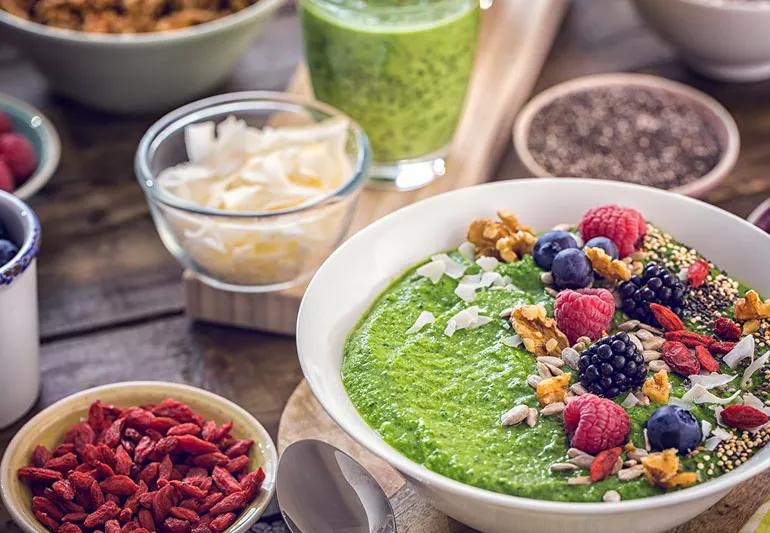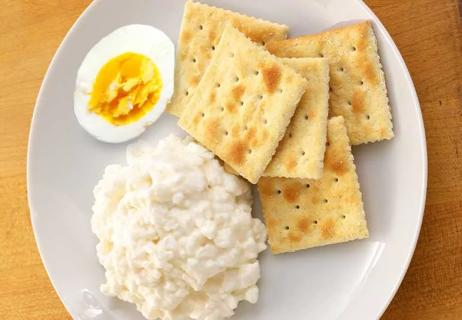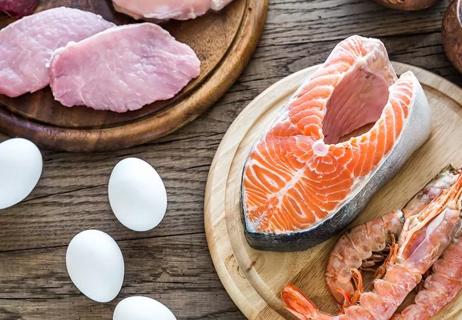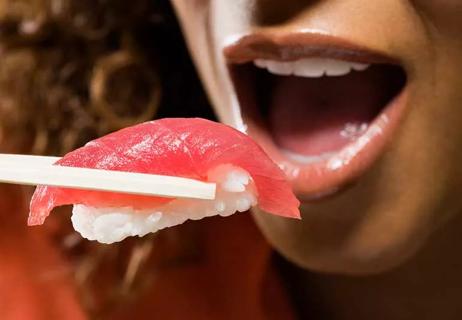Extreme raw diets are tough to follow and can be risky

In today’s world of artificial flavors and ingredients you can’t pronounce, some people are taking a more natural approach to food. And what could be more natural than eating everything raw? This is the basis of the raw food diet.
Advertisement
Cleveland Clinic is a non-profit academic medical center. Advertising on our site helps support our mission. We do not endorse non-Cleveland Clinic products or services. Policy
The raw food diet has some benefits, but it’s not perfect — and it can be risky. Registered dietitian Maxine Smith, RD, LD, explains the pros and cons.
A raw food diet includes uncooked, unprocessed foods. You can use a few preparation methods, including:
The goal is to eat foods in their natural state, without any kind of processing or heating that can change their structure.
Some people follow a strict raw food diet, eating nothing but raw foods at every meal. Others focus on raw foods for the bulk of their diet but also include some cooked or processed foods.
The raw food diet has three main types:
A raw vegan diet is generally rich in fruits and vegetables, which gives it some serious health points. But it’s not a cure-all diet solution — and not for the faint of heart.
Advertisement
Eating lots of fresh, raw produce means you’ll get plenty of:
A raw vegan diet can help with weight loss because you:
“Everyone can benefit from eating more fruits and veggies,” Smith says. “The average American eats too many processed foods and too much flour, sugar and salt.”
If you’re going hard-core raw vegan, you’re excluding a lot of foods — and that comes with health risks. “The raw vegan diet, in its pure form, is very restrictive and can lead to nutrient deficiencies,” Smith explains.
When you avoid dairy, eggs and meat, you may not get enough:
“The raw vegan diet can be a short-term way to clean up your diet,” says Smith. “But it’s too restrictive to be a lifelong diet plan.”
The raw vegetarian and raw omnivorous diets, which include raw animal-based foods, can be dangerous. “The risks outweigh the benefits with eating raw dairy, eggs and meat,” Smith says.
The milk you buy in grocery stores is pasteurized, which is a heating process that kills bacteria. “Raw milk is not pasteurized, and it can harbor dangerous germs like E. coli, Salmonella and Listeria,” says Smith.
Stick with pasteurized milk, cheese and other dairy products so you can avoid the nasty illnesses that come with bacteria in raw dairy.
Raw, unpasteurized eggs aren’t worth the risk. Even eggs that appear normal can contain Salmonella and make you sick.
But maybe you make your own Caesar salad dressing with raw eggs. Or you love your yolks on the runny side. Luckily, you have a safe option: Buy pasteurized eggs. If they’re not pasteurized (or you’re not sure), cook them until the whites and yolks are firm.
Eating raw meats, poultry and fish can be dangerous to your health. When you eat these foods, cook them to the safe minimum cooking temperatures recommended by the government’s food safety experts.
Cooking can decrease certain nutrients in food, especially water-soluble vitamins like the B vitamins and vitamin C. But you can tweak your cooking methods to preserve most of these nutrients.
“High-heat cooking like frying, charring, grilling or boiling can destroy some nutrients and create toxins in the food,” says Smith. “To avoid this, cook foods at a lower heat for the shortest amount of time.”
Advertisement
Cooking methods that may preserve nutrients include:
In some cases, cooking can increase the availability of nutrients. For example, cooked tomatoes, asparagus and squash give you more antioxidants than raw ones.
Eating a diet rich in fruits and vegetables has proven health benefits, whether the foods are raw or not. But if you’re cutting out entire food groups or eating raw animal products, you could be risking your health.
And you don’t have to go to diet extremes to lose weight or improve your health. “Eliminating processed foods is great,” says Smith. “Excluding entire food groups or eating raw meat and dairy is not. A healthy diet is one you can follow for the rest of your life. The raw food diet doesn’t qualify.”
Advertisement
Learn more about our editorial process.
Advertisement

Extreme calorie restriction isn’t the way to long-term weight loss

This restrictive, rules-heavy diet can lead to micronutrient deficiencies, among other issues

For most healthy people, raw fish is safe, but following safety guidelines is key

The demanding plan eliminates dairy, grains and other common foods from your plate for 30 days

Learn how to properly identify what’s edible — and inedible — in the wild

Common culprits and pinpointing the cause of your food issues

An expert warns us about the dangers

Type 2 diabetes isn’t inevitable with these dietary changes

Applying a hot or cold compress can help with pain